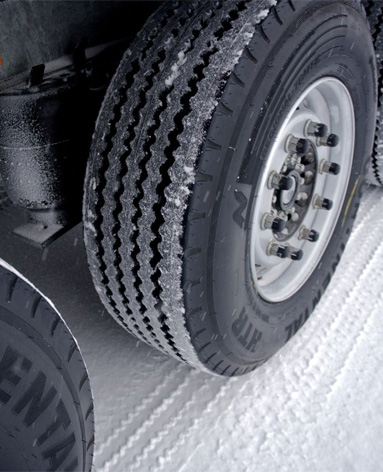Nov . 14, 2024 07:53 Back to list
brake drums vs discs
Brake Drums vs. Brake Discs A Comprehensive Comparison
When it comes to vehicle braking systems, two primary types are commonly utilized brake drums and brake discs. Understanding the differences between these two systems is essential for vehicle owners and enthusiasts alike, as each has its advantages and drawbacks that can affect performance, safety, and maintenance.
Brake Drums
Brake drums, typically found in older vehicles and some utility models, function by using a cylindrical drum that rotates with the wheel. Inside the drum, brake shoes made of friction material expand to create friction against the inner surface of the drum when the brake pedal is pressed. This mechanism effectively slows down or stops the vehicle.
One of the significant advantages of brake drums is their cost-effectiveness. They are generally cheaper to manufacture and replace than disc brakes. Moreover, brake drums tend to provide better braking performance under less severe conditions, such as during regular city driving. They are also less prone to water and debris interference, as the drum encloses the braking mechanism.
However, brake drums come with their downsides. They tend to experience more heat buildup, which can lead to brake fade during prolonged or heavy braking. Heat dissipation is less efficient with drum brakes, causing them to lose effectiveness when overheated. Furthermore, drums can be prone to wear and tear over time, necessitating more frequent maintenance.
brake drums vs discs

Brake Discs
On the other hand, brake discs, also known as rotors, are more prevalent in modern vehicles and high-performance cars. They consist of a flat, circular disc that rotates with the wheel, and brake pads are pressed against the disc to create friction. This design allows for better heat dissipation, enhancing braking performance, especially during intense driving conditions.
The primary advantage of disc brakes is their superior cooling efficiency. The open design allows air to circulate, reducing heat buildup and the risk of brake fade. Disc brakes also provide better stopping power and responsiveness, contributing to improved safety, particularly during emergencies or aggressive driving.
Despite their advantages, brake discs are often more expensive to produce and replace. The pads also wear down more quickly than the shoes in drum systems, potentially leading to more frequent maintenance costs. In addition, the exposed nature of discs makes them more susceptible to dirt and debris, which can affect performance if not regularly cleaned.
Conclusion
In summary, the choice between brake drums and discs largely depends on the vehicle's intended use and the driver's preferences. For daily commuting and cost-effectiveness, brake drums may be adequate. However, for drivers seeking enhanced performance and safety, particularly in high-demand situations, brake discs are the superior option. Ultimately, understanding these differences can empower vehicle owners to make informed decisions about their braking systems, ensuring optimal performance and safety on the road.
-
Scania Brake Drums: OEM Quality for Optimal Safety & Durability
NewsAug.16,2025
-
R.V.I: Advanced Remote Visual Inspection for Precision
NewsAug.15,2025
-
Discover HYUNDA: Innovative Vehicles, Equipment & Solutions
NewsAug.14,2025
-
R.V.I: Unlock Advanced Insights & Real-time Performance
NewsAug.13,2025
-
Kamaz Brake Drum: Durable & Reliable for Heavy Duty Trucks
NewsAug.12,2025
-
Heavy Duty Iveco Brake Drum - Premium Quality & Safety
NewsAug.11,2025
